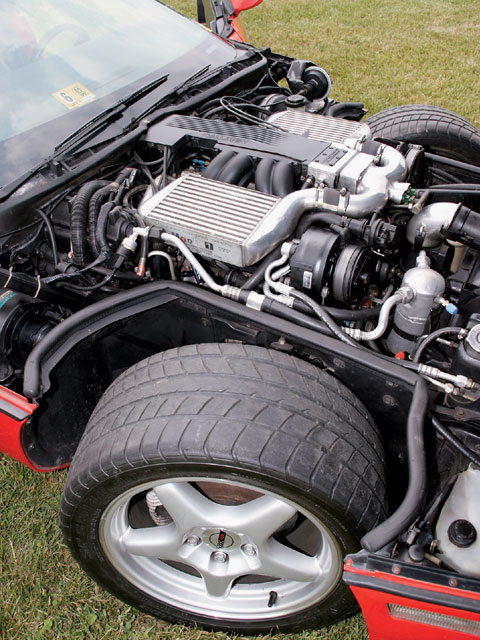Chevrolet, in the course of its normal testing of competitors' cars, was surprised by the reliable performance Callaway achieved with Alfa's small V6, adding a Twin Turbo setup. They approached Callaway about a similar program for the Corvette. After GM's own twin turbo V6 and V8 projects had run their course, Dave McLellan gave the green light to Callaway, authorizing them to develop a prototype. The resulting prototype was introduced in June 1986 to GM and the media. With 345 hp and 465 lb's of torque, the twin turbo L98 V8 package was engineered to be the ultimate Corvette, producing tremendous power while retaining its emissions controls and a complete warranty.
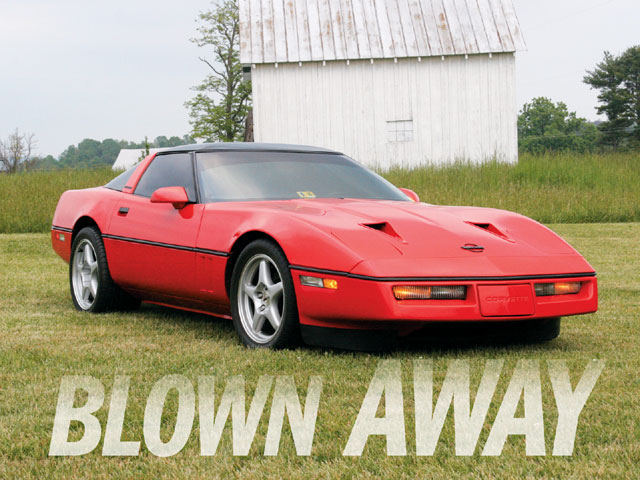
The car was offered as a factory RPO known as B2K (that is why this car is placed in the "Specials by GM" section) and was available through select Chevrolet dealers both in the United States and abroad. It continues to hold the distinction of being the only engine package produced outside of GM to hold an RPO code, something that will probably never happen again.
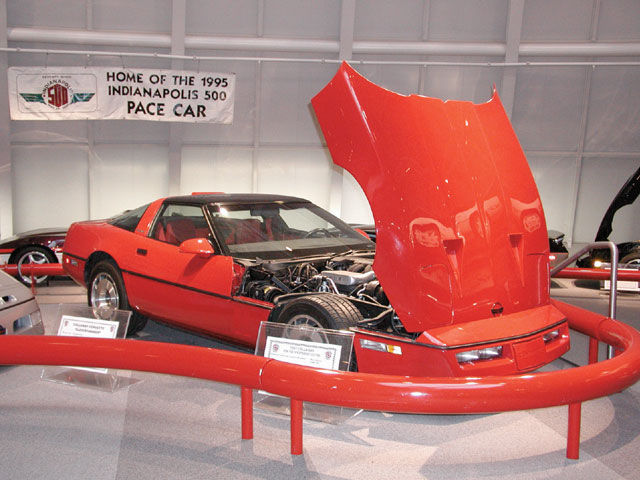
Produced between 1987 and 1991, over 500 of these special Corvettes were made in coupe, convertible, and at the close of production, the Speedster form. By ordering a Corvette through the dealer, and checking the option box for B2K, it triggered a series of events, which ensured the cars received special equipment and handling under SEO Z5G.
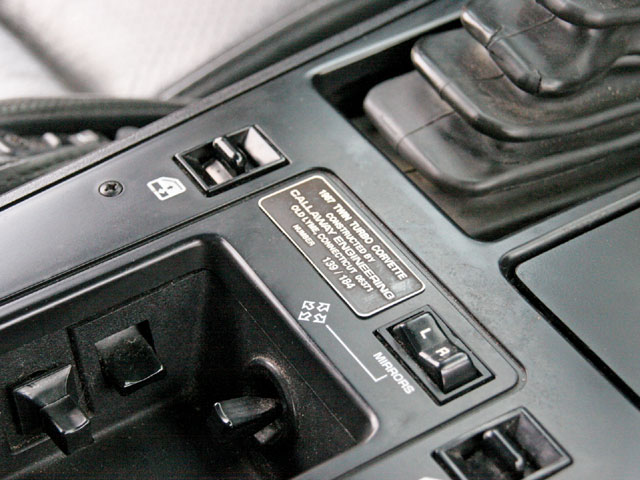
Throughout production, changes were made. Optional wheels were available in 1987 cast out of magnesium from Dymag in England and were available in 16-inch diameter and later in the year, a 17-inch size. In 1988, power levels increased. Horsepower was now rated at 382 and torque rose to 565 lb-ft. That year also saw the 17-inch Dymag wheels become standard equipment with other options such as an automatic transmission and full leather interior also was offered. Available for the 1989 B2K was the handsome Aerobody designed by Paul Deutschman and first seen on the Callaway Sledgehammer Corvette. It became available mid year on the production versions and replaced or installed over the lower panels of the car. 1990 brought more power once again. Horsepower rose to 390 and torque output was 562 lb-ft. however; the automatic transmission was no longer available. 1991 was the final year for the B2K option with power up again, this time to 403hp and 575 lb-ft. A subtle change to the hood included the installation of blisters to duct cold air to the intercoolers. The Aerobody, introduced in 1989 continued to be an option and late in the year, the Speedster model was revealed.
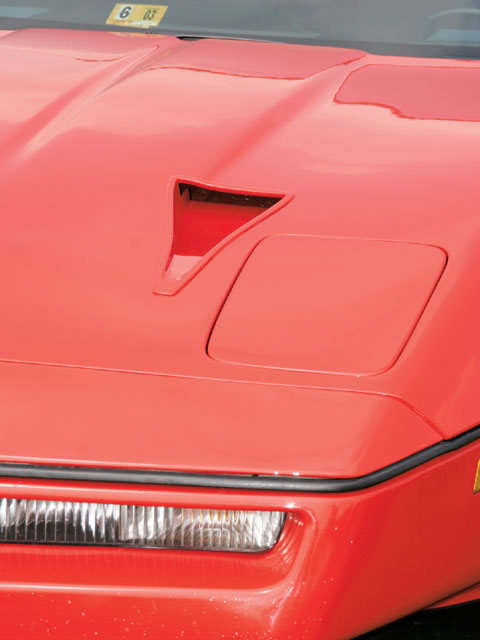
1992 brought changes to the way Callaway Cars did business. That year, General Motors introduced the second-generation small block V8, called the LT1. This engine would require a complete revision of the B2K option and after review of the situation, it was decided to shift gears and change direction.
A derivative of the Twin Turbo Corvette, the 880 hp Callaway SledgeHammer, recorded a speed of 254.76 mph on Ohio's Transportation Research Center track, still the fastest street driveable car in the world.
